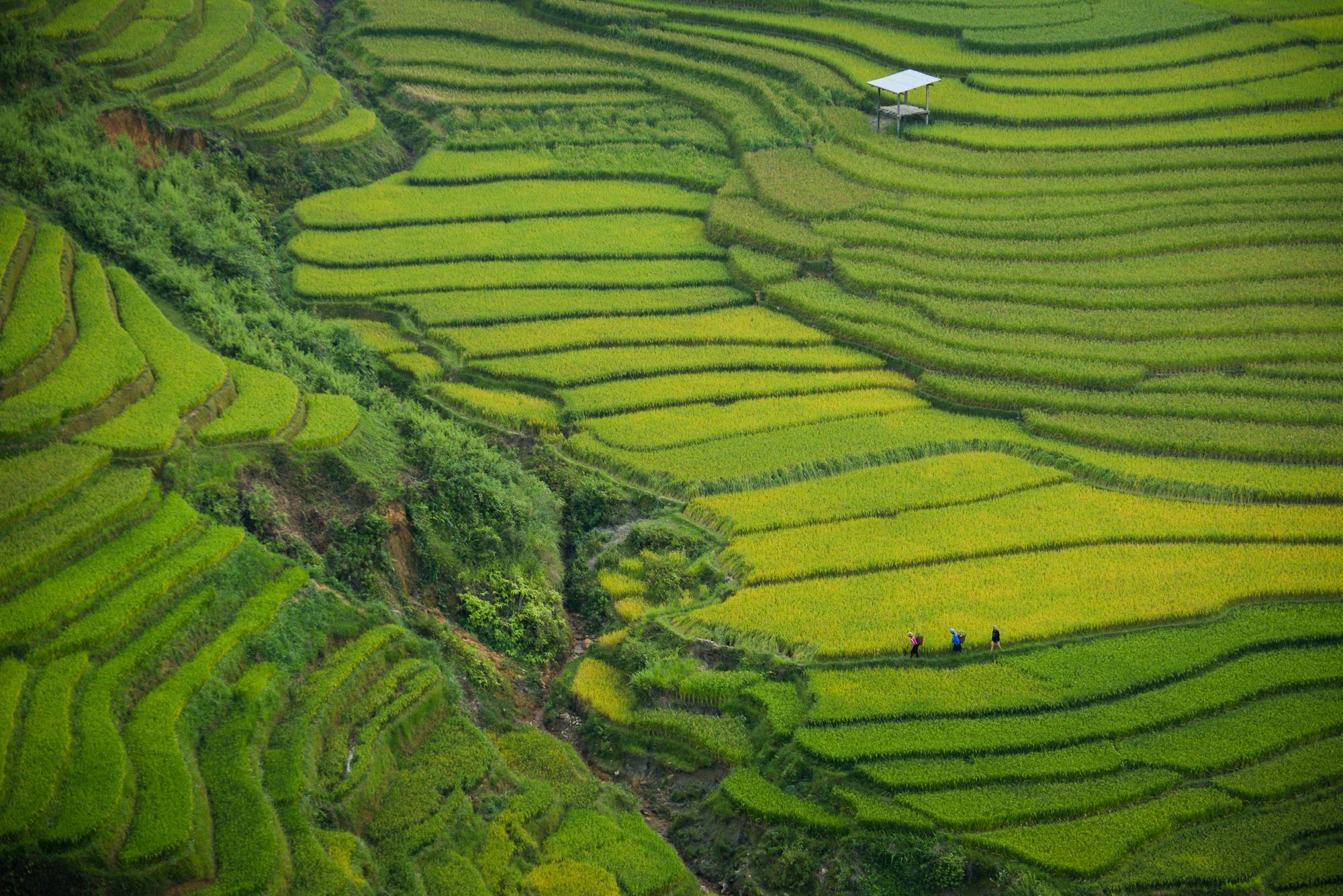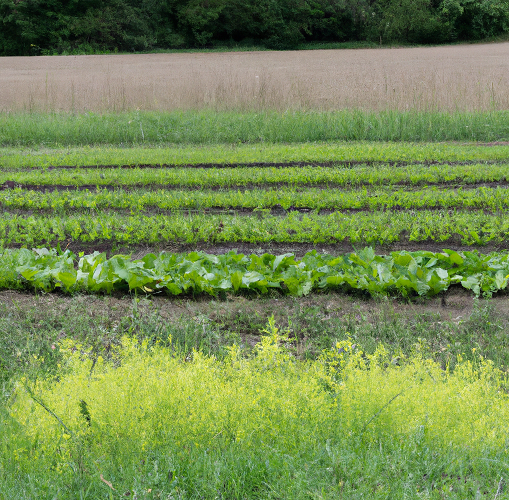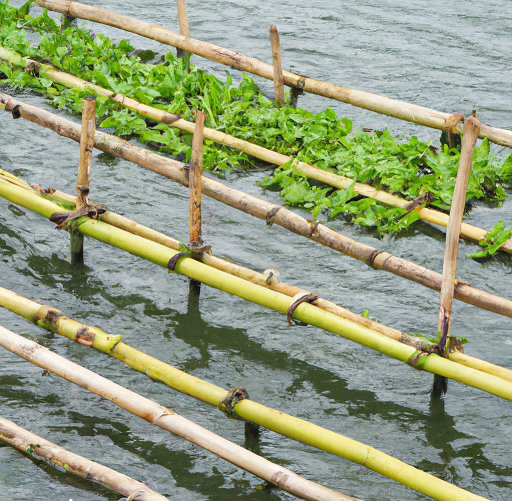Exploring Lesser-Known Farming Methods from Around the World

Farming, an age-old practice that has sustained human life for centuries, has evolved over the years with the adoption of modern industrial farming practices. As a result, many traditional farming methods have been lost or forgotten. However, there are still lesser-known farming methods practiced around the world that are sustainable, efficient, and have stood the test of time. In this article, we will explore some of these lesser-known farming methods from around the world.
Terrace Farming is a traditional farming technique that involves creating flat areas on a sloping piece of land to create a series of steps or terraces. This method is particularly useful in areas with hilly terrain where conventional farming is not possible. Terrace farming allows farmers to grow crops on steep slopes without soil erosion. The terraces also help to retain moisture and prevent nutrient loss. This method is one of the most successful methods for hill agriculture and has been adopted in many countries.

Slash-and-Burn Farming is a traditional farming method that involves clearing a patch of forest or land, burning the debris, and using the ash as fertilizer. This method is mainly practiced in tropical rainforest regions where the soil is nutrient-poor. While slash-and-burn farming can be destructive to the environment, when practiced sustainably, it can improve soil fertility and biodiversity. It is a common practice in some communities in Africa, Asia, and South America.

Polyculture Farming involves growing multiple crops together in one field instead of growing a single crop. This method has been practiced for thousands of years in many parts of the world. By growing multiple crops, farmers can reduce soil erosion, pest infestations, and crop failure due to weather conditions. Polyculture farming also helps to improve soil fertility by promoting nutrient cycling. This method is commonly used in organic farming.

Floating Gardens are a traditional farming method practiced in the wetland regions of the world. This method involves creating a floating platform made of reeds or other buoyant materials and growing crops on top of it. Floating gardens are particularly useful in areas where conventional farming is not possible due to the presence of water bodies. Floating gardens are sustainable, efficient, and can produce high yields of crops. This method has been adopted in many countries, including India, Bangladesh, and Myanmar.

Rainwater Harvesting is a traditional farming method practiced in arid and semi-arid regions of the world. This method involves collecting rainwater during the rainy season and storing it for use during the dry season. Rainwater harvesting can be done using various techniques such as rooftop rainwater harvesting, groundwater recharge, and surface water harvesting. This method is sustainable, cost-effective, and can help to conserve water resources. It has been adopted in many countries, including India, China, and Africa.
In conclusion, these lesser-known farming methods offer valuable insights into how we can grow food in a way that is in harmony with nature. By adopting these methods, we can improve soil health, conserve water resources, and promote biodiversity. These traditional farming methods have stood the test of time and can be a valuable addition to modern farming practices. By recognizing and implementing them, we can ensure a sustainable future for agriculture.
